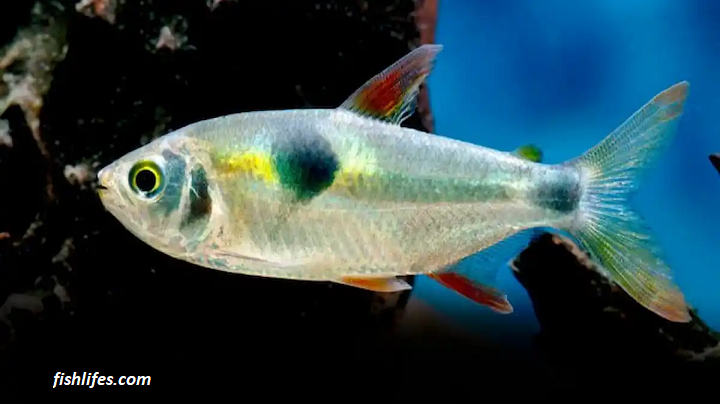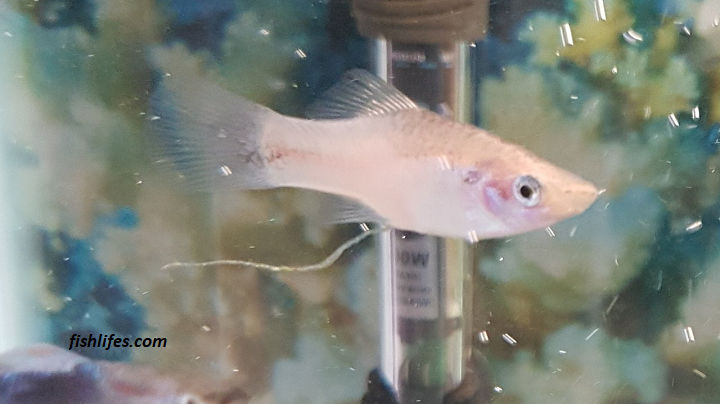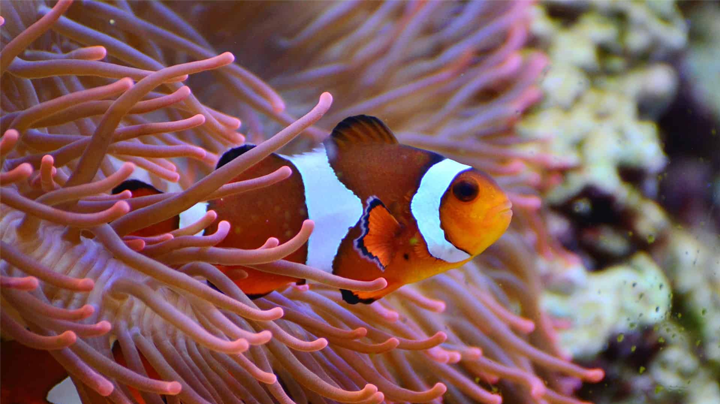The Japanese Dragon Eel, also known as the Dragon Moray Eel (Enchelycore pardalis), is a captivating marine creature that has captured the fascination of ocean enthusiasts worldwide. With its unique appearance and impressive size, this eel species is often regarded as one of the most intriguing aquatic animals in existence.
Despite its intimidating appearance, this species is actually quite docile and rarely poses a threat to humans. This article will delve deeper into what makes this fascinating creature so special and explore some interesting facts about its behaviour, habitat, and physical characteristics.
Physical Appearance Of Japanese Dragon Eel
Measuring up to 4 meters in length, this eel has an elongated body with a pattern of black or dark brown spots covering its skin. The spots are arranged in such a way that they resemble the scales of a dragon. This distinctive pattern on the Japanese Dragon Eel’s skin makes it stand out from other types of eels. This eel has long, slender fins running down both sides of its body, which help it move through the water easily.
One interesting thing about the Japanese Dragon Eel is that it undergoes significant changes in colouration throughout its life cycle.
Natural Habitat Of Japanese Dragon Eel
Japanese Dragon Eels, also known as fire eels or dragon morays, are fascinating creatures that inhabit the western Pacific Ocean. They are primarily found in Japan, Indonesia, and Australia’s rocky reef areas and coral formations. These eels prefer habitats with strong currents where they can hide and hunt for prey.
Behaviour And Feeding Habits Of Japanese Dragon Eel
It is a fascinating creature with unique behaviours and feeding habits. As a nocturnal predator, it prefers to hunt during the cover of darkness. This means it spends most of its day hiding in crevices and caves along rocky reefs until nightfall.
Once the sun sets, the dragon moray eel emerges from its hiding place to hunt for food. It navigates through narrow crevices using its long body and powerful muscles to squeeze through tight spaces in search of prey. The eel’s keen sense of smell helps it locate potential meals, including small fish, crustaceans, and other marine creatures.
Because of its impressive hunting skills and adaptability to different environments, the Japanese Dragon Eel has become a popular choice for aquarium enthusiasts worldwide.
Reproduction And Life Cycle
One of the primary reasons why studying Japanese Dragon Eels’ reproductive process has been difficult is because they are elusive creatures that reside in an inaccessible part of the ocean. Their habitat is located at depths up to 6,000 feet below sea level, making it difficult for researchers to observe them directly. These eels are nocturnal animals that hide during the day and come out only at night, adding another layer of complexity to studying their behaviour.
Role In The Ecosystem
Japanese Dragon Eels are fascinating creatures that play an important role in the marine ecosystem. These eels can grow up to four meters long and live for over 30 years. They are found in the Indo-Pacific region, including Japan, Indonesia, and Australia.

As predators, Japanese Dragon Eels have a significant impact on their environment. They feed on small fish, crustaceans, and other eel species. This keeps populations of prey species in check and ensures that the ecosystem remains balanced. In addition to being predators, these eels also serve as prey for larger animals such as sharks and dolphins.
Despite their importance in the marine food chain, Japanese Dragon Eels face overfishing and habitat destruction threats. Their meat is a delicacy in some countries, leading to unsustainable harvesting.
Conclusion
In conclusion, the Japanese Dragon Eel is a remarkable and fascinating creature that has captivated the attention of many. Its unusual appearance and elusive nature have sparked interest among researchers and enthusiasts eager to learn more about this remarkable species. Additionally, its cultural significance adds to its allure, making it one of Japan’s most sought-after marine creatures. As we continue to learn more about this amazing creature, we can only hope that efforts will be made to protect and preserve its existence for future generations to enjoy. So why not take the time to explore this marvellous creature yourself? Who knows what you may discover!







